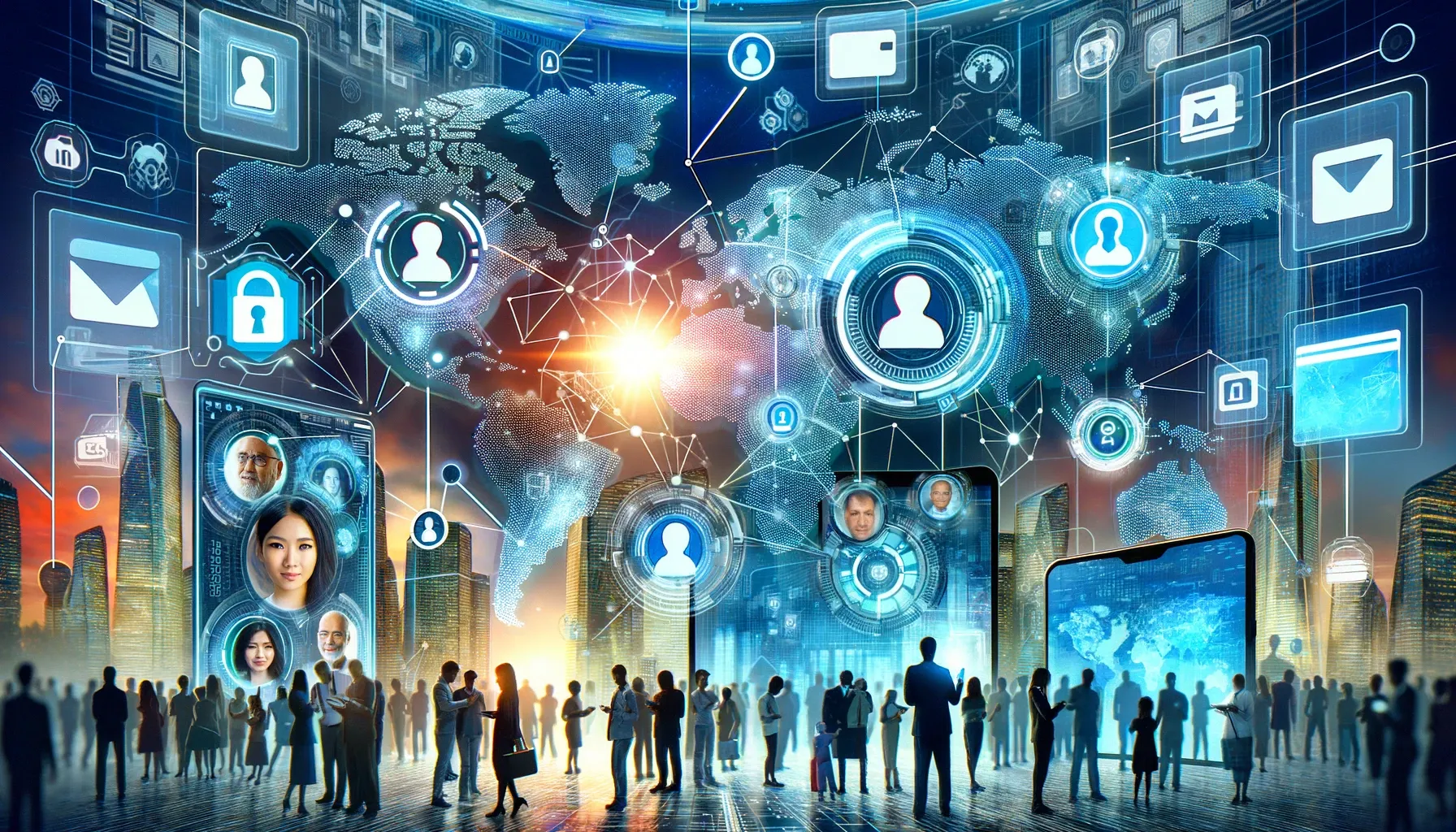Navigating the Digital Horizon: The UN's Vision for an Inclusive Future
In an increasingly digital world, the United Nations Development Programme (UNDP) is spearheading a transformative journey towards a future where digital identities are not just a convenience, but a cornerstone of global development and equality. By 2030, a new era of digital identification, linked seamlessly with financial systems, promises to

In an increasingly digital world, the United Nations Development Programme (UNDP) is spearheading a transformative journey towards a future where digital identities are not just a convenience, but a cornerstone of global development and equality. By 2030, a new era of digital identification, linked seamlessly with financial systems, promises to reshape how societies function, elevating social protection and economic inclusivity to unprecedented levels.
The Digital Identity Revolution
The UNDP's digital identity framework, launched on September 15th, ahead of the SDG Summit, is more than just a technical advancement; it's a blueprint for societal transformation. This framework is deeply interwoven with the United Nations' Agenda 2030 and its Sustainable Development Goals (SDGs), particularly SDG Target 16.9, which pledges to provide legal identity for all, including birth registration. This commitment underscores the critical role of civil registration in global societies.
A New Framework for a New World
The UNDP's framework is built upon nine core pillars: legal and regulatory frameworks, non-discrimination, access to information, legal accountability, capable institutions, user value, procurement and anti-corruption, and data protections. At its heart, the framework aims to establish a robust digital public infrastructure (DPI), crucial for delivering effective public services on a large scale. DPI comprises digital building blocks, like digital legal ID and payment systems, laying the groundwork for future innovations.
Governance and Technology: A Symbiotic Progression
The implementation of digital legal ID demands not just technological prowess but also robust governance. This ensures inclusion, safety, and the preservation of rights. The regulations and standards set forth in this framework guide decision-makers in adopting suitable technologies for public service delivery, instilling confidence in the private sector to innovate, and fostering trust among end-users.
Modeling Inclusive and Rights-based Governance
UNDP's model governance framework is a response to increasing requests from Member States for support in digital legal ID design and implementation. This blueprint outlines the laws, policies, and institutional arrangements essential for inclusive governance of digital legal IDs, emphasizing a rights-based and whole-of-society approach.
The Significance of Legal Identity
Legal identity is paramount in the SDGs, reflecting the importance of civil registration in societies. However, without effective governance, digital legal IDs risk exacerbating challenges seen in previous identity systems. The governance framework can serve as a reference for governments to develop their own versions, tailored to their unique contexts.
Digital ID: A Catalyst for Development
For countries already implementing DPI, digital ID has proven to be a powerful tool for improving public service delivery and driving economic opportunities. Good governance of digital legal ID ensures stakeholders are aware of and committed to adhering to the rules, ensuring accountability and streamlined decision-making.
Aligning Digital Identity with Developmental Ambitions
Setting clear standards for digital identity systems is crucial if they are to align with developmental ambitions and uphold principles of human rights, inclusion, and protection. This approach is integral to realizing the UN's vision of linking digital IDs to banking systems, as outlined in their report, “Our Common Agenda.”
Enhancing Social Protection Through Digital IDs
Digital IDs linked with bank or mobile money accounts can significantly improve the delivery of social protection coverage, reaching eligible beneficiaries more effectively. Digital technologies can reduce leakage, errors, and costs in social protection programmes, paving the way for a more equitable society.
Conclusion: A Future Defined by Inclusion and Innovation
As the UNDP's framework unfolds, the world stands on the brink of a digital revolution that promises to redefine the fabric of society. By integrating digital IDs with financial systems, the UNDP is not just envisioning a future of technological advancement but one where development, inclusivity, and human rights are intrinsically linked. This bold step towards a digital future is a testament to the UN's commitment to leaving no one behind, as we navigate the digital horizon towards a more inclusive and equitable world.




